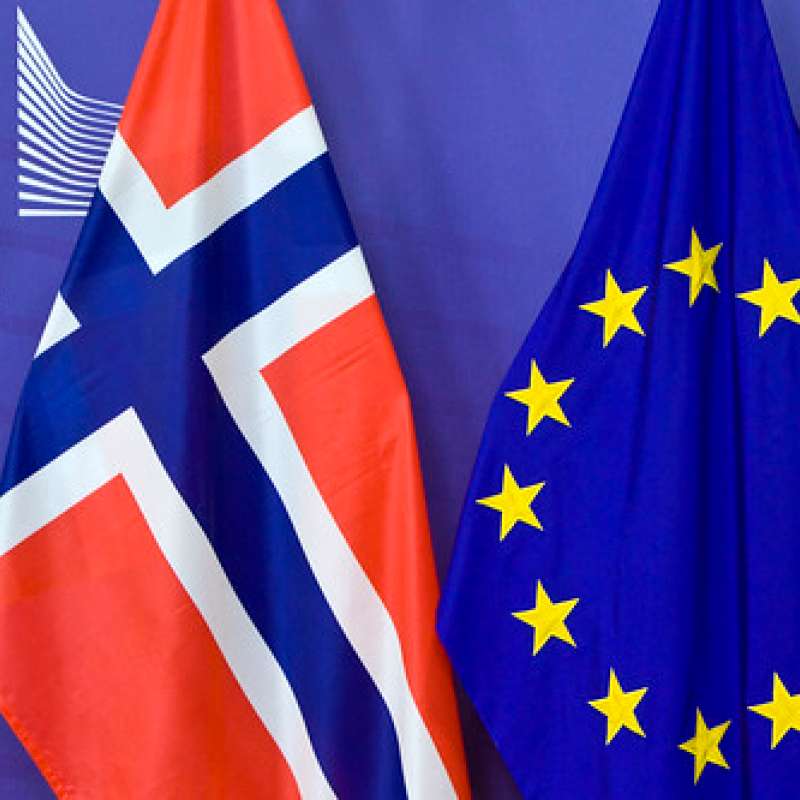Knut Øistad
Seniorrådgiver
Forfattere
Ana Aza Baders, Endijs García-Gil, M Rosario Kniivilä, Matleena Ling, Erik Lukmine, Diana Mustonen, Mika Rautio, Pasi Svensson, Johan Tolvanen, Anne Knut ØistadSammendrag
Key messages: Multifunctionality should serve as a guiding principle for forest governance and investment, complementing production and conservation objectives. To operationalise this vision, three guiding principles should inform EU and national policies: • Plan and manage at the landscape level balancing production, biodiversity, climate adaptation and social needs in complementary ways. Policies should support a diversity of management practices. • Align sectoral policies to ensure coherence between forestry, energy, biodiversity, climate and social objectives. • Reward and support multifunctionality explicitly through advisory programmes, certification systems, and financial mechanisms that recognise and support diverse management practices.
Sammendrag
Det er ikke registrert sammendrag
Sammendrag
Det er ikke registrert sammendrag

Divisjon for skog og utmark
DEAL - Governing under turbulence: The European Green Deal and implications for Norway
In DEAL, we want to find out whether the comprehensive strategy, the EU's Green Deal, is causing turbulence in the political processes taking place in the EU, and possibly how. We will also see if turbulence outside the EU affects decisions around the EU's Green Deal, as well as investigate how this affects both member states and non-member states.

Divisjon for skog og utmark
DEAL - Å styre under turbulente forhold: EUs grønne giv og implikasjoner for Norge
I DEAL vil vi finne ut om den omfattende strategien, EUs grønne giv, skaper uro i de politiske prosessene som skjer i EU og eventuelt hvordan. Vi vil også se om uro utenfor EU påvirker beslutninger rundt EUs grønne giv, samt undersøke hvordan dette påvirker både medlemsland og ikke-medlemsland.

Divisjon for skog og utmark
EU Climate Policy Implications for Land Use in Norway: Managing Trade-offs and Achieving Policy Coherence (ClimaLand)
The ClimaLand project will investigate trade-offs between policy goals, governance levels, and sector interests, and seek to identify how to design more coherent climate and land-use policies. An important objective is to investigate how conflicting policy goals can be handled and various considerations and land-use interests balanced.
